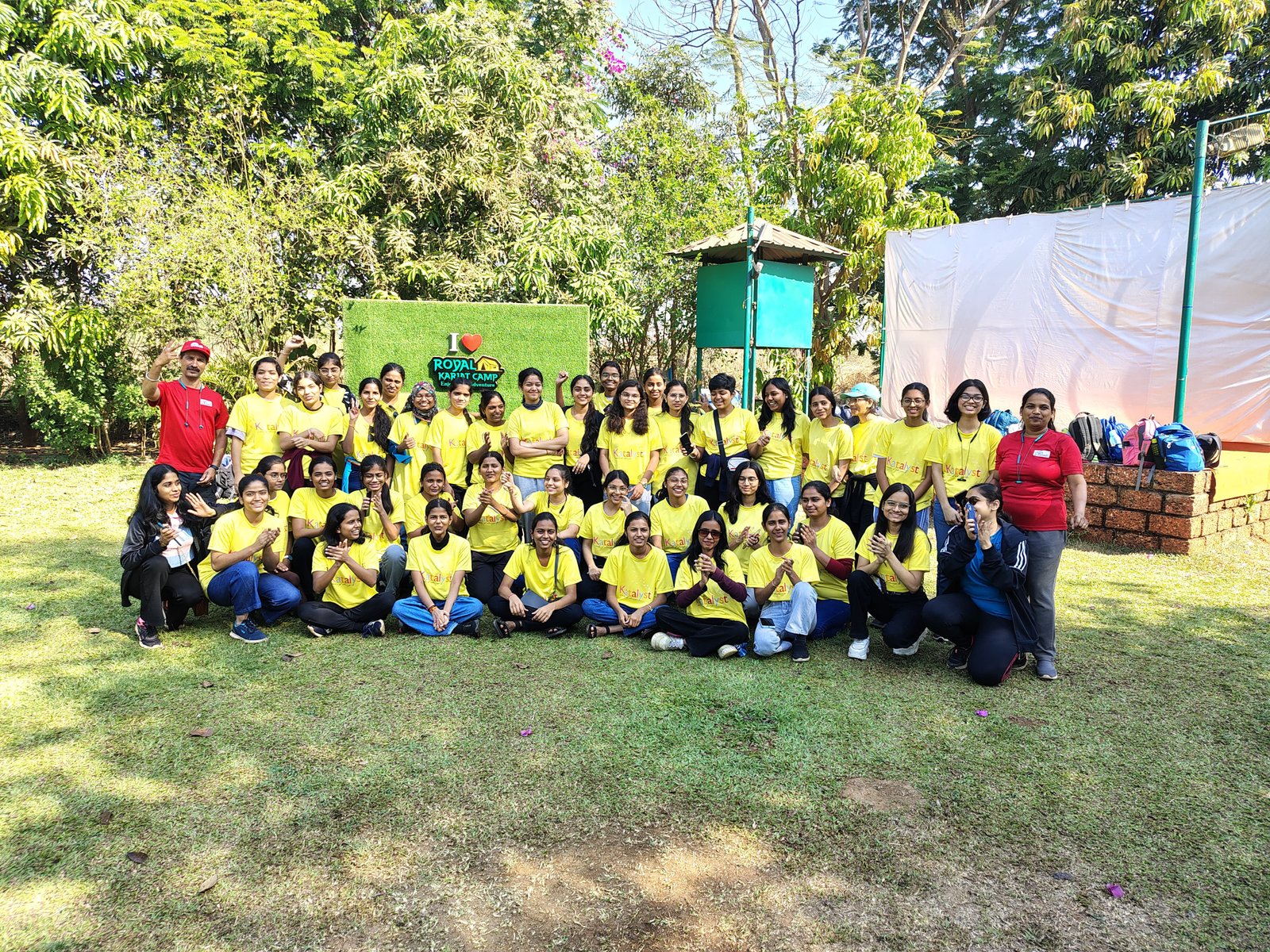Planning the Perfect Educational School Picnic for All Age Groups
A school picnic is more than just a fun day out of the classroom—it's an opportunity for students to learn, bond, and explore new environments in an engaging and informal way. Planning the perfect educational picnic requires balancing fun activities, educational content, and, of course, safety. The key to a successful outing lies in tailoring the experience to different age groups, ensuring the event is enriching, safe, and memorable for everyone involved. Whether you’re organizing a picnic for younger children or high school students, there’s something magical about combining learning with outdoor fun.
In this blog, we’ll guide you through the essential steps to plan the perfect educational school picnic that caters to all age groups, highlights learning experiences, and ensures the safety and enjoyment of all participants.
1. Choose the Right Location: A Blend of Fun and Learning
When selecting the perfect location for your educational school picnic, you want a place that offers both recreational activities and educational opportunities. For younger students, parks or nature reserves with easily accessible trails, picnic areas, and playgrounds work well. Older students, on the other hand, may enjoy locations like museums, historical sites, botanical gardens, or even eco-friendly farms.
- For Younger Kids (Pre-school to 5th Grade): Choose a nature park or zoo. The learning part could involve nature trails, animal watching, or a guided session on plant and animal species.
- For Older Kids (6th Grade to High School): Look for locations that encourage curiosity—such as science centers, aquariums, or historical monuments. Incorporating a scavenger hunt or nature quiz can keep them engaged while reinforcing their learning.
Popular spots in India for school picnics include Sanjay Gandhi National Park (Mumbai), Monteria Village, and Yusuf Meherali Centre - A village Industry—all of which blend nature and educational value.
2. Organize Activities That Encourage Learning
A school picnic should include a mix of fun and educational activities. The goal is to foster teamwork, learning, and physical activity, all while keeping the students entertained.
- For Younger Kids:
- Nature Walks: Teach them about different trees, plants, and insects. A nature walk with a simple identification game will keep them engaged and learning about their environment.
- Educational Games: Activities like 'Leaf Bingo' or 'Find the Bug' will make learning about nature fun and interactive.
- Arts and Crafts: Set up a space where children can make leaf prints, collect rocks, or create simple nature-based crafts to take home.
- For Older Kids:
- Scavenger Hunt: Create a themed scavenger hunt that encourages students to solve riddles and find items that relate to the location’s history or nature.
- Educational Workshops: Invite local experts (like a botanist or historian) to give a small workshop or talk that aligns with the location’s theme—whether it’s local wildlife, history, or environmental conservation.
- Team-building Challenges: Plan activities like group puzzles, problem-solving tasks, or a 'build your own shelter' challenge using natural materials found on-site. This will help students develop critical thinking and collaborative skills.
3. Ensure Safety First: The Foundation of a Successful Picnic
No matter the age group, safety should always be the top priority when planning an educational school picnic. Preparing for potential emergencies, ensuring adult supervision, and having clear guidelines in place will make the event enjoyable for everyone.
- Supervision: Ensure there’s a high ratio of teachers or chaperones to students. Younger children need more attention, so ideally, one adult should supervise no more than 5-8 kids, while older children can have a ratio of 1:10 or more.
- Health and Medical Preparedness: Prepare a first-aid kit and identify the nearest hospital or emergency services. Ensure any students with medical conditions (like allergies) are well accounted for and that staff is trained to handle any emergencies.
- Safety Briefing: Before the trip, conduct a safety briefing for students. Explain basic safety rules like staying within designated areas, following the instructions of adults, and the importance of sunscreen and hydration.
- Transportation Safety: If the picnic involves travel to an off-site location, ensure the transportation company is reliable and equipped with necessary safety features like seat belts. Consider hiring buses with licensed drivers and maintain a student list for easy headcounts.
4. Incorporate Learning Materials: A Teachable Moment
Even though the day is meant to be fun, the picnic provides a great opportunity to integrate learning into the experience. Prepare educational materials that complement the theme of the picnic.
- For Younger Kids: Bring along illustrated books, nature guides, or interactive worksheets. These materials can encourage them to ask questions, investigate their surroundings, and keep a journal of what they’ve learned.
- For Older Kids: Provide them with an informative pamphlet or workbook related to the location or the subject of the day’s exploration. For example, if visiting a botanical garden, include a checklist of plant species or quiz questions that challenge students to think critically about their surroundings.
- Interactive Quizzes: Use smartphones or tablets to host a digital quiz based on their learnings from the day. You can even offer small prizes for the most knowledgeable group.
5. Food and Hydration: Keep it Healthy and Convenient
A picnic is incomplete without food, but it’s essential to keep the meals balanced, healthy, and easy to distribute. Avoid sugary snacks or junk food, which can lead to energy crashes.
- For Younger Kids: Consider preparing lunch boxes with a variety of healthy snacks like whole grain sandwiches, fruit slices, yogurt, and water. Simple, easy-to-eat food will keep kids energized for their activities.
- For Older Kids: Pack more substantial snacks like wraps, granola bars, mixed nuts, and vegetable sticks. Ensure enough water is available throughout the day to keep them hydrated.
If possible, incorporate eco-friendly utensils and packaging to promote sustainability.
6. Closing the Day with Reflection
End the day with a reflection activity. Gather the students and ask them to share what they learned, enjoyed, and found most exciting. This provides closure to the educational aspect of the picnic and reinforces the learning experiences they had. Younger children can draw pictures or write a short paragraph, while older kids might present a quick report or group discussion.
7. Conclusion: Creating Lasting Memories
An educational school picnic is an excellent way to break the monotony of the classroom and allow students to learn in a new, exciting environment. By carefully selecting the right location, organizing engaging activities, ensuring safety, and providing valuable learning moments, you can create a picnic experience that fosters both fun and education.
Whether it’s through a hands-on nature walk for younger children or a stimulating historical exploration for older students, a well-planned school picnic can leave lasting memories while encouraging curiosity, teamwork, and a love for learning. With the right balance of adventure and education, your school picnic can be the highlight of the academic year!
Key Takeaways:
- Plan age-appropriate activities that combine fun with learning.
- Ensure a high level of safety and supervision.
- Choose an engaging, educational location.
- Encourage reflection at the end of the picnic to reinforce lessons.

